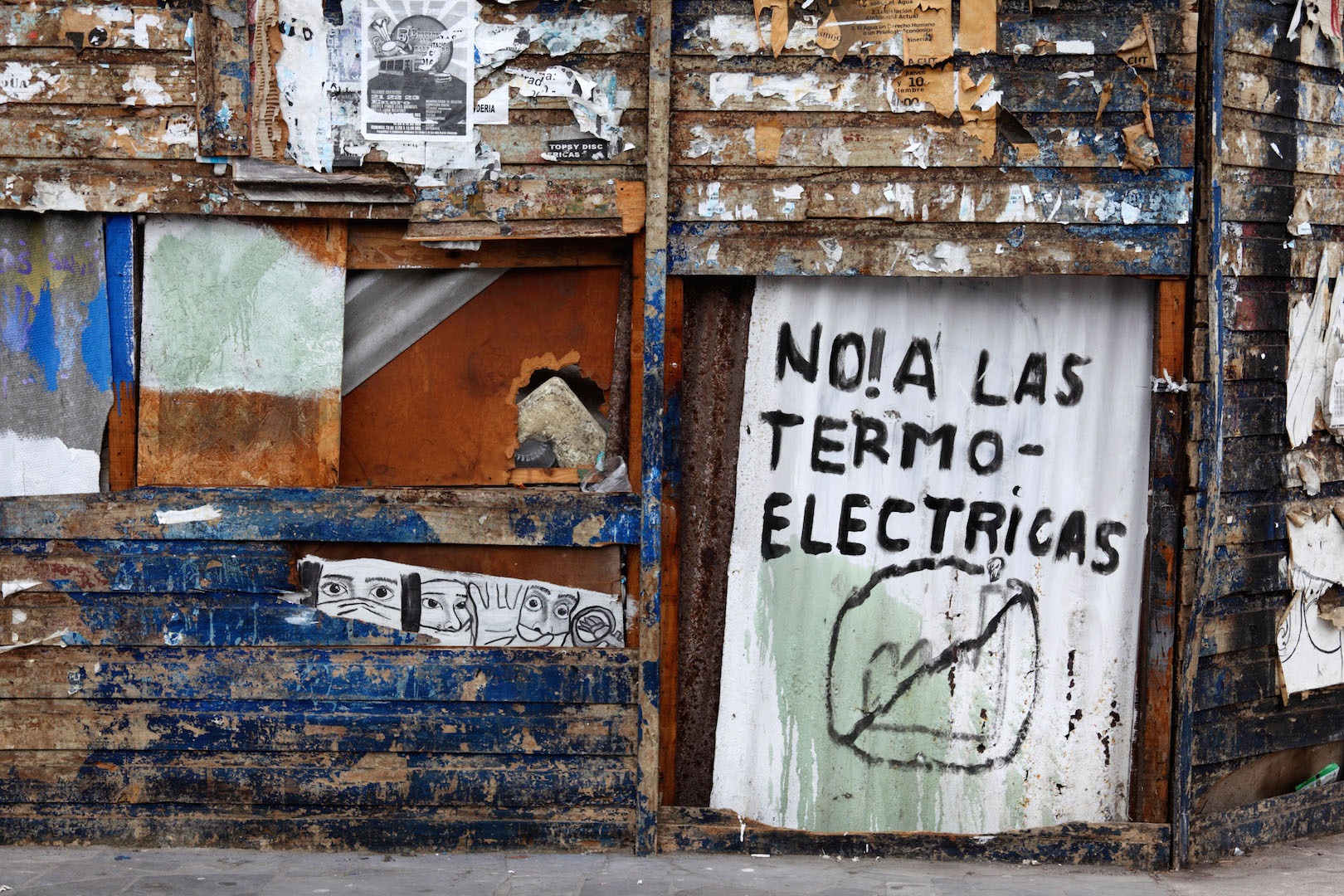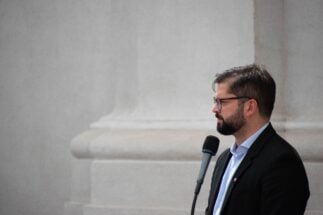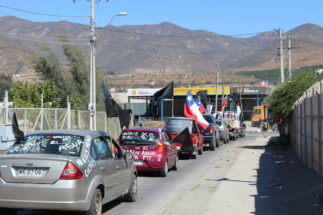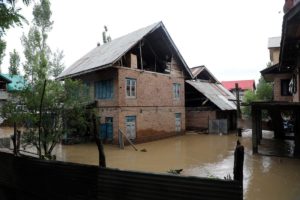As Chile sets out to be carbon neutral by 2050, an important step on the way needs to be achieved by the end of this decade: the conversion of its grid to one fully supplied by clean energies. While the will seems to exist, at least on paper, as the horizon draws nearer the nation faces more hurdles to overcome, and action needs to start now, experts warn.
In June, the price of energy in Chile reached its highest level in seven years. Marginal costs of energy almost doubled compared to May this year. While this rise does not directly affect the Chilean end consumer, as residential electricity prices are set by the state, it is a symptom of the state of the country’s electricity system.
22%
The overall share of variable renewable energies, such as wind and solar, in Chile’s national grid in 2021
The increase is explained by the fact that part of this energy has had to be produced with diesel. Various reasons have driven this, including the closure of many coal-fired power plants due to the country’s decarbonisation plan, a drop in hydropower generation as a result of the mega-drought that has plagued the country for almost a decade and a half, and the rise in the price of fossil fuels internationally due to Russia’s invasion of Ukraine.
With the exception of the war, these circumstances are not necessarily new. But the system is nonetheless struggling. And if no way is found to overcome these obstacles, Chile’s plans to transition to 100% clean energy in the near-term will be put under threat, as immediate needs see cheap energy prioritised – whatever the source.
The Ministry of Energy has said it is working on accelerating its energy transition, but there have as yet been no new announcements since President Gabriel Boric’s new government took office in March.
Preparatory work
At the end of 2021, Chile’s “Just Transition Strategy for the Energy Sector” was published, as part of a commitment made in Chile’s updated nationally determined contribution (NDC) to the Paris Agreement. The work was led by the ministries of energy, environment and labour under the previous government, which left office in March, and also involved a public consultation.
Among other issues, the strategy includes workforce transition measures and plans for monitoring in areas around coal-fired plants to determine how they are improving after the closures.
Although the new government has pitched itself as strongly pro-environment, it has not yet made any major pronouncements on accelerating the energy transition, as it has just done, for example, on the development of green hydrogen in the country, which will be used largely for energy exports and not for domestic consumption.
At a meeting on 5 July, the Inter-Ministerial Council looked to kick-start the Green Hydrogen Industry Development Committee, in which various government agencies are participating. The work of the body will focus on the implementation of the National Green Hydrogen Strategy, presented by the previous government. Its progress could provide a clue as to what might happen with the wider energy transition.
A spokesperson for the Ministry of Energy told Diálogo Chino it is working in conjunction with the National Electricity Coordinator and the National Energy Commission to develop a technical plan for the phase-out of coal-fired power plants from the National Electricity System (SEN) by 2030.
The three organisations are focused on finding a way to address the needs that the operation of the electricity system will have, such as making up for lost inertia – the additional energy stored in rotating gas and coal-fired generators, which solar and wind systems are incapable of matching – and the strength of the grid in the face of the phase-out of these fossil fuel units, according to the energy ministry. In addition, they will seek to boost the grid’s efficiency, identifying how to optimise transmission facilities, and the location and operating hours of generation plants according to demand. Once the work has been completed, the ministry said, industry input will be invited to provide comments and observations in order to refine these guidelines.
A step forward
In parallel to this work, the Coordinator went a step further and in early June presented its “Roadmap for an Accelerated Energy Transition”. It analyses possible scenarios and defines actions that would make it possible to achieve 100% renewable energy generation by 2030.
“The focus of the energy transition must be on citizens, ensuring that this transition reaches everyone. We do not intend this to be a roadmap for public or regulatory policies, nor a trajectory or plan for investments in generation,” said Juan Carlos Olmedo, the Coordinator’s president, during the presentation.
The focus of the energy transition must be on citizens, ensuring that this transition reaches everyone
According to data from the roadmap, the overall share in the national grid of variable renewable energies, such as wind and solar, reached 22% in 2021, and their maximum contribution reached 62% – meaning the largest contribution made to the system at a single moment in time. It is expected that by 2030 these instantaneous values could reach 85% nationwide and 100% in some areas.
The problem is that this goal will not be achieved with the electricity system as it is currently configured. As the Coordinator warns, the energy transition is producing a radical change in the way electricity is produced and consumed, as well as in the type of technologies that will prevail in the grid. “This will give rise to highly complex and unfamiliar operational scenarios,” its roadmap reads.
In other words, the transformation has to be almost total. That is, from the infrastructure of the system itself to its flexibility, robustness and resilience in order to ensure a safe, efficient and cost-effective energy transition. The stumbling blocks, the document continues, are: the slow implementation of regulatory reforms and investment decisions; project delays; and the effects of climate change, such as extreme droughts and intense natural disasters, among others.
For Álvaro Lorca, an academic in the Faculty of Engineering of the Pontifical Catholic University of Chile, despite current obstacles, the question is no longer if the country will achieve an energy transition, but rather when. “The problem is that the technology is developing very fast, so we don’t know if what we believe will be the most appropriate today will be the most appropriate in ten years’ time,” he explained. In fact, he added, the possibilities are so open that “we don’t know whether green hydrogen will actually dominate or whether a new type of battery will dominate.”

The researcher believes that although the possibility of achieving the transition by 2030 is very ambitious, it is possible – but at a very high cost. This is because, among other things, “if the transition is made too quickly, it will be like changing car too often – it will not be possible to sell what has already been installed to recover the investment, and these are very expensive machines.” You can’t think about speed without weighing up the costs, he adds.
Added to this is the complexity of restructuring the whole grid. Although Chile is a world leader in the adoption of solar energy, says Álvaro Lorca, “we have to understand that the electricity system of 20 years ago has nothing to do with the current one and this, in turn, will have nothing to do with the one of 20 years from now. We cannot adopt policies ignoring the technical aspects, otherwise we will make very bad decisions.”
Urgency
While energy policy was not entirely clear under the previous government, since the new administration took office the picture has become even more blurred, says Javiera Lecourt, advocacy coordinator for the Latin American Just Transition project and executive director of CEUS Chile, an NGO.
“While the new government has a clear ecological intention, in its first 100 days it has been very focused on confronting more pressing issues, including by incentivising fossil fuels,” she explained. One of these has been the increase in the oil stabilisation fund, a mechanism to cushion the rise in fuel prices.
While the new government has a clear ecological intention, in its first 100 days it has been very focused on confronting more pressing issues, including by incentivising fossil fuels
What has been done so far does not necessarily mean that it will set the pace for the rest of the government’s term, Lecourt continued, but it is necessary to pick up the transition agenda and send a clear signal towards decarbonisation.
“It is necessary to accelerate the plan to close coal-fired plants, as well as to support the necessary legislative initiatives for the transition, as well as those related to storage,” she said. Otherwise, she warns, the goal will not be reached: “We are very tight on time.”








